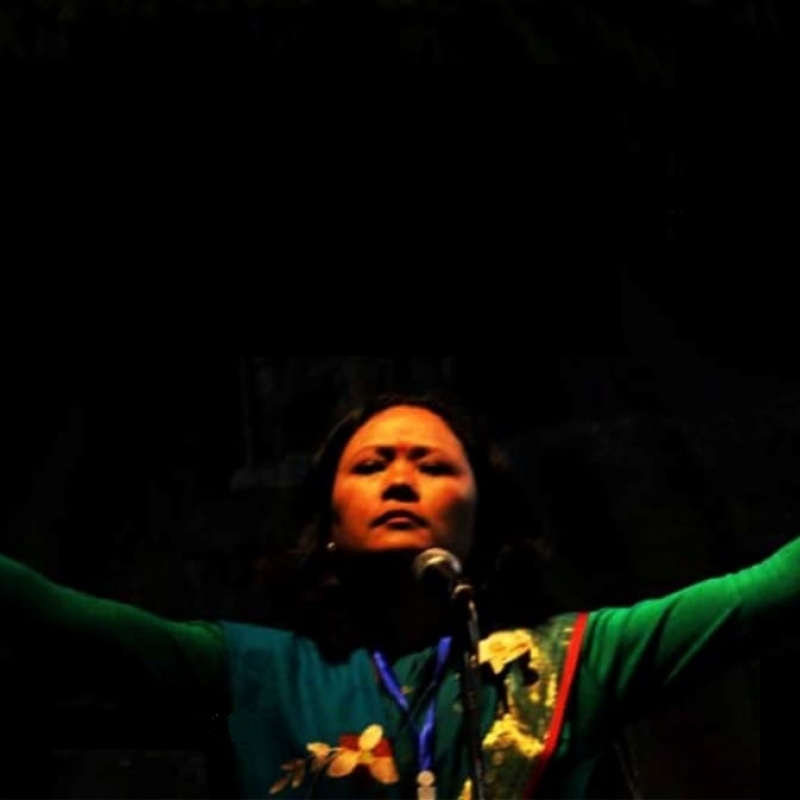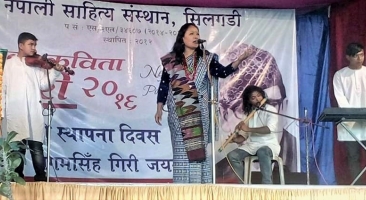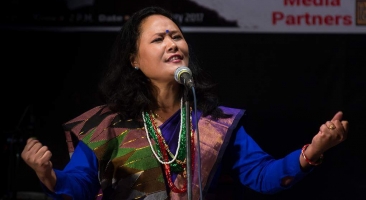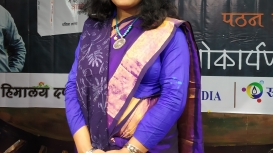The Indian Nepali community, also known as the Gorkha/Gorkhali community, residing in and around the Darjeeling Hills has come under scrutiny after the various phases of the Gorkhaland agitation, especially the agitation of 2017. However, the same cannot be said about Indian Nepali literature and the developments that have been taking place within its genres which remain largely ignored beyond the Darjeeling Hills.
Indian Nepali literature is far from being in a state of stasis as new works are regularly being composed. However, most discussions about Indian Nepali literature, including those about the modes of presentation, and the emergence of literary trends and genres within its corpus, fail to reach an audience outside the Darjeeling Hills. The primary reason for this is the absence of serious documentation both within and outside the Darjeeling Hills. Consequently, the nuances of Indian Nepali literature, as well as those of the Gorkha community, are lost to the larger Indian consciousness. What adds to this and the crisis, mostly pertaining to the question of identity within Indian Nepali literature, is that it is primarily composed in Nepali, a language that cannot be comprehended by the Indian population at large. It is a language that became a part of the larger Indian consciousness only after its official recognition as one of the 22 languages by the eighth schedule to the Indian Constitution in as late as 1992. Further, the geographical location of the Darjeeling Hills prevents easy dissemination of the literature produced in the region.
Constant marginalisation and peripheralisation of the Gorkha community at various levels, over the years, and the unstable nature of sociopolitical changes in the Darjeeling Hills resulted in the need for people inhabiting the region to strengthen their identity further. To achieve this, while on the one hand, the need for an autonomous political status—an independent Gorkhaland—intensified, on the other, literature also became the means for reinforcing the Indian Nepali identity. It was essential to give rise to a form of literature that would not only define the community, speak about daily problems, but also cater to that section of the Gorkha population which was far removed from written literature and other print media such as newspapers, magazines, etc. For this, Gorkha poets felt the need to redefine the existing literary tradition according to the ‘spirit of the age’—the best impact of which could be seen in the ways Indian Nepali poetry came to be performed at the turn of the twenty-first century. Some of these performed discourses could manage to frame themselves in such a way that they can now be regarded as genres in their own right.
One such genre that has been crucial in transporting the textual praxis from the written to the spoken word is avisangi (poems that are a combination of abhinaya [acting] and sangeet [music]) spearheaded mainly by Pavitra Lama (b. 1976 in Kalchini, Dooars) along with Jay ‘Cactus’ Gurung and Kabir Basnet, who help in the theorisation of the genre. The content of avisangi and the issues that these poems take up are very important mediums through which the Gorkha community keeps itself informed about the events occurring across the country in general and the matters related to their community in particular. To understand the art form and the reasons why there was a sudden surge in Indian Nepali performance poetry in the Darjeeling Hills at the turn of the twenty-first century, one must explore the life and times of poet-performer Pavitra Lama, her rise to fame through Dhamari, a platform similar in essence to slam poetry competitions, and the nuances of the avisangi genre.




